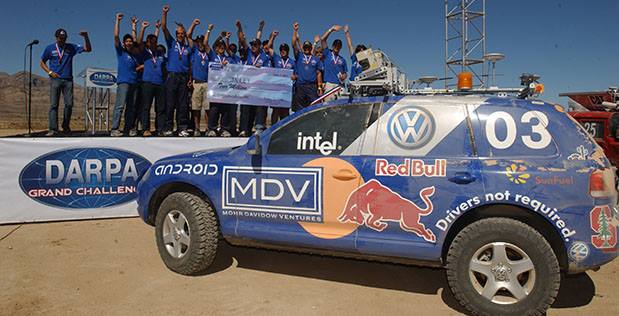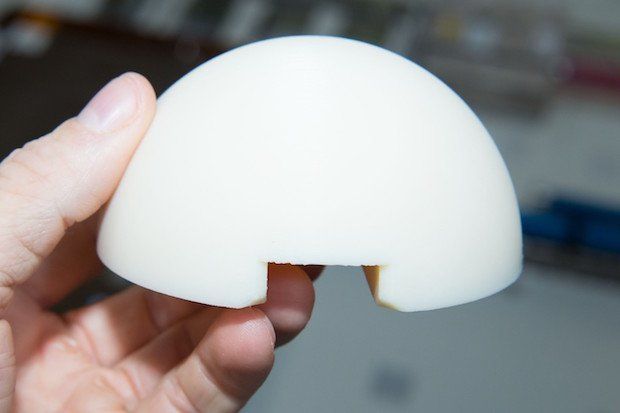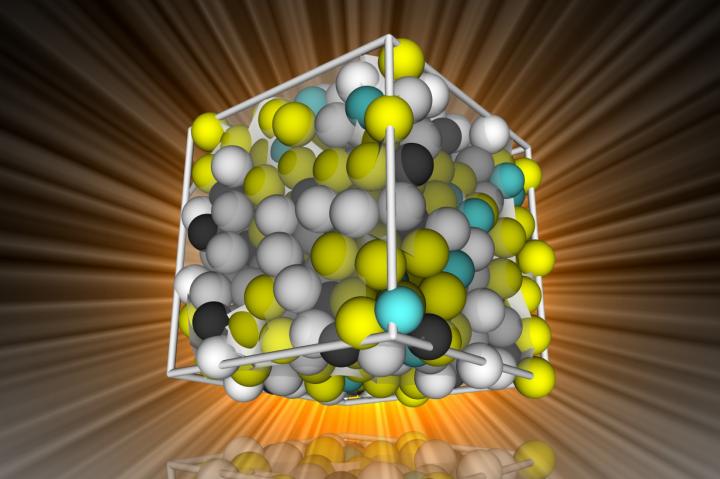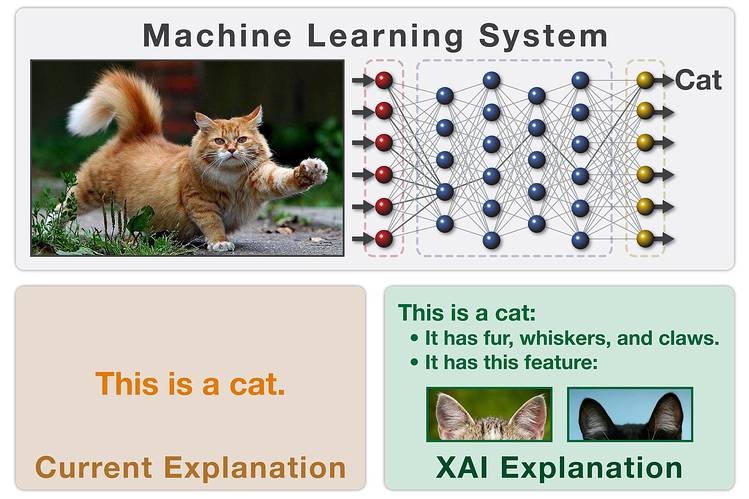Aug 16, 2017
Russia unveils new ‘invisible’ supersonic fighter jets
Posted by John Gallagher in category: military
Russia unveils new fleet of ‘invisible’ supersonic fighter jets — and boasts that they will be the envy of air forces around the world.
- Russia’s new Sukhoi-57 is said to rival America’s F-22 and China’s Chengdu J-20
- Kremlin officials say the stealth fighter jet will be hard to track on enemy radars
- Air force chief has boasted: ‘Every country probably wants planes such as this’
- Jet will undergo another year of testing before it enters military service in 2019
By Julian Robinson for MailOnline
Continue reading “Russia unveils new ‘invisible’ supersonic fighter jets” »

















